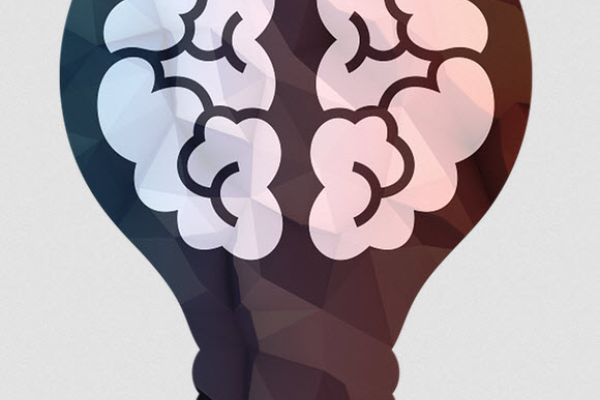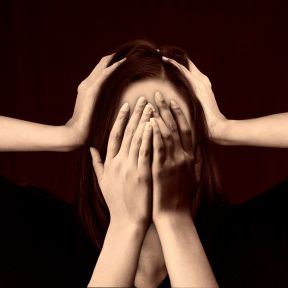
Charles Bonnet Syndrome
Charles Bonnet syndrome is a condition in which someone with poor vision experiences visual hallucinations, or seeing things that aren’t there. It occurs in individuals who have lost a significant portion of their sight due to age-related macular degeneration, retinitis pigmentosa, glaucoma, or other conditions that affect vision. It may also arise after cataract surgery or after a stroke. Charles Bonnet syndrome is not due to dementia, psychosis, or other mental health problems—though some who experience these hallucinations may hesitate to share them with others out of fear that they signal cognitive decline.

Charles Bonnet syndrome is named for the 18th-century naturalist and philosopher Charles Bonnet, who first identified the condition in his elderly grandfather. The primary symptom of Charles Bonnet syndrome is visual hallucinations, though the exact nature of these hallucinations can vary.
Some people may see repeating patterns of lines or shapes, while others may see more concrete objects—including people’s faces, animals, or trees. The images may be stationary or may move around. Some people have reported that their hallucinations appear in black and white, though this is not universally the case. Others report that the objects they see appear miniature or smaller than normal—for example, they may see people who appear to be only a foot tall—these specific hallucinations are called "Lilliputian hallucinations."
Hallucinations caused by Charles Bonnet syndrome may last anywhere from a few seconds to a few hours. The hallucinations are only visual; they do not affect hearing, smell, or any other senses.
In general, people with Charles Bonnet syndrome are well aware that what they’re seeing isn’t real. However, they may not share that they have hallucinations, even with their healthcare providers, because they do not want others to think they are mentally unstable.
The exact cause of Charles Bonnet syndrome is not entirely understood, but many experts theorize that a lack of visual stimulation can lead the brain to compensate by creating hallucinations—the brain makes up for the loss of images by creating its own. This phenomenon may be related to other types of sensory deprivation, which can trigger similar hallucinations.
Charles Bonnet syndrome primarily affects older adults over age 65, with significant vision loss; adults over 80 are at heightened risk. In addition, social isolation and spending time in dark environments can make it more likely that someone with vision loss will experience visual hallucinations.
A healthcare provider will assess a patient’s eyesight, cognitive capacity, and medical history to determine if Charles Bonnet syndrome is present. A primary goal of this process is to rule out other conditions that could be causing the hallucinations—including dementia, schizophrenia, and drug or alcohol withdrawal.

Charles Bonnet syndrome can be frustrating and isolating. It may also present practical challenges—for example, persistent visual hallucinations, combined with significant vision loss, may make it harder for someone to navigate their surroundings. Though there is no cure, fortunately, symptoms often fade with time; simple exercises could help someone reduce the frequency and intensity of their hallucinations.
Currently, there is no cure for Charles Bonnet syndrome. However, hallucinations tend to lessen with time—perhaps because the brain adapts to reduced visual stimulation and no longer finds it necessary to compensate as aggressively.
When a hallucination appears, some evidence suggests that certain eye movements could help dispel it. Try blinking or closing your eyes, or moving your eyes back and forth without moving your head. Other strategies include standing up and walking around, changing the lighting—for example, moving to a brighter room if you’re in a dark space—or trying to focus on or even touch the hallucination.
Hallucinations can worsen if you’re tired or stressed; making an effort to get enough sleep could help lessen their frequency. Keeping your home well-lit can also help; time spent in dark rooms has been shown to increase the risk of hallucinations. Finally, it’s important to keep up with routine eye exams, even if you’ve already lost a significant amount of vision; an eye doctor can help you stay ahead of any changes and better adapt to life with poorer sight.






